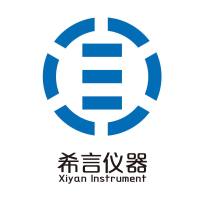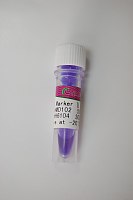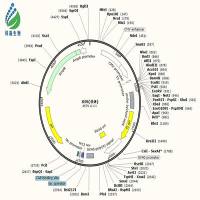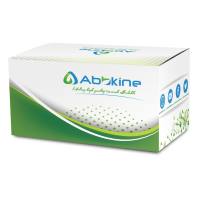Detection of DNA Adducts by 32P-Postlabeling Analysis
互联网
475
32 P-Postlabeling analysis is a powerful technique for the detection, quantification, and identification of DNA adducts induced by mutagens or carcinogens, including large numbers of drugs and their metabolites. The method includes enzymatic digestion of a deoxyribonucleic acid (DNA) sample to the adducted nucleoside 3′-monophosphates and partial purification of the adducted nucleotides, followed by the 5′-labeling with 32 P. For analysis of DNA adducts, polyethyleneimine-cellulose thin-layer chromatography (TLC) plates were generally used to resolve 32 P-labeled DNA adducts (32 P-postlabeling/TLC analysis). However, the procedure detecting DNA adducts using the TLC plate is timeconsuming and labor intensive. To expedite analyses, nondenaturing polyacrylamide gel electrophoresis (PAGE) has recently been adapted for the 32 P-postlabeling analysis (32 P-postlabeling/PAGE analysis); the detection limit for 5 �g DNA is approx 7 adducts/109 nucleotides, which is similar to that for 32 P-postlabeling/TLC. HPLC on-lined with a radioisotope detector system (32 P-postlabeling/high-performance liquid chromatography [HPLC] analysis) is also used to increase the resolution and detection limit (approx 3 adducts/1010 nucleotides) of DNA adducts. These three 32 P-postlabeling techniques are described for the analysis of DNA adducts.









